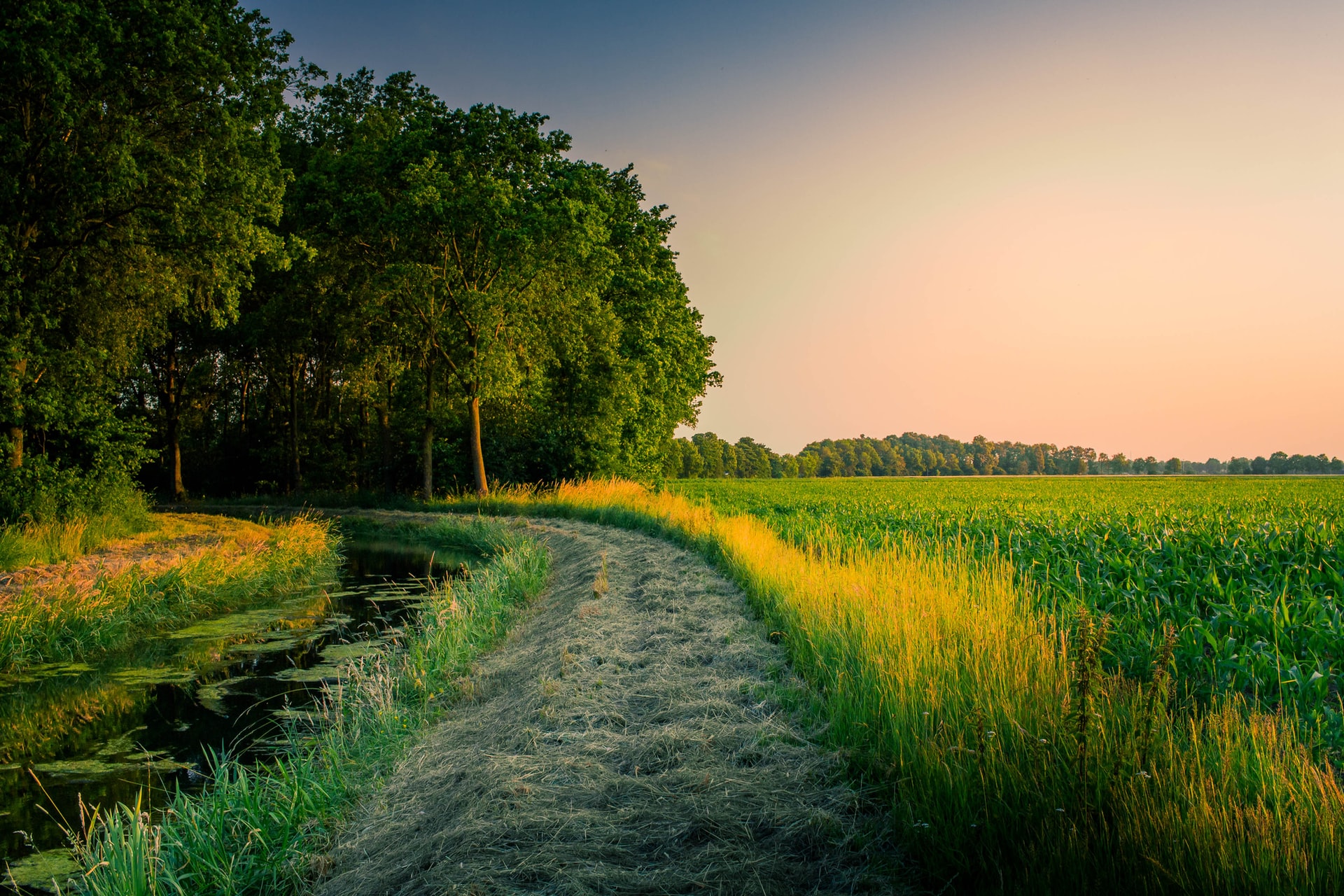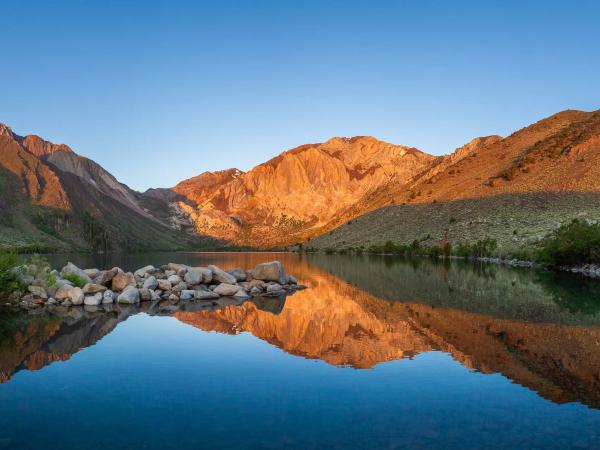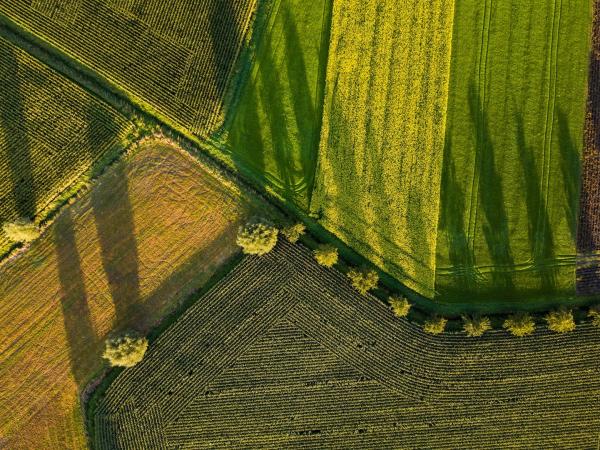
The more naturally verdant an area is, the more likely it will contribute to the general health of the habitats and the organisms in and around it. Sometimes, though, tracing these qualities to specific benefits can be a challenge.
However, in a study published in the journal PLOS, Arturo Keller, a professor of environmental biogeochemistry at UC Santa Barbara, presents a hard link between reforestation of marginal, degraded or abandoned agricultural land and significant benefits in water quality. This relationship, he argues, lends itself toward a program that incentivizes facilities that discharge pollutants, and local farmers to plant trees for water quality credits.
“While we have intuitively known that reforestation can be a very positive action, to date, determining how much bang for your buck you can get in terms of water quality has not been reliably quantified,” said Keller, the study’s lead author and a faculty member in the Bren School of Environmental Science & Management. “Here we present an approach for identifying areas where reforestation will be most effective for improving water quality, using a widely available USDA model and data sets that anyone can access.”
For this study, Keller and co-author Jessica Fox, from the Electric Power Research Institute (EPRI), focused on a section of America’s bread basket — the Ohio River Basin, more than a third of which is engaged in agriculture, and a water source for millions of people. Importantly, the entire basin, along with five other major river basins, drains into the Gulf of Mexico via the Lower Mississippi River Basin. Nutrients — in particular, nitrogen and phosphorus — transported via runoff mainly from farms and other agricultural operations all flow into the Gulf, creating a massive algae bloom and subsequent oxygen-free “dead zone” in the summer months that threatens or kills marine life within its boundaries.
The National Oceanic and Atmospheric Administration has predicted that the dead zone this summer could encompass a 7,829-square-mile area, one of the largest Gulf of Mexico dead zones on record.
According to the study, marginal croplands — lands with low agricultural value due to conditions such as poor soil quality, inadequate water supply and slopes that render farming difficult — when planted with trees could be used not only to store carbon, but also to substantially reduce the movement of nitrogen, phosphorus and sediments from land to streams and rivers.
“Trees retain soil and sediments almost completely, compared to open fields, and take up the available nitrogen and phosphorus, as well as store carbon,” said Keller, whose primary expertise lies in water quality management at the watershed level and the fate and transport of pollutants in the environment. “Quantifying these effects can now be used to give tradeable credits for improving water quality.”
Read the full story at: The UCSB Current
Credit: Sonia Fernandez



